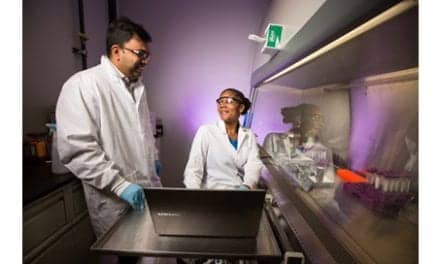A survey suggests that arm pain is common among reportedly healthy young baseball players and nearly half have been encouraged to keep playing despite the pain. A news release issued by Columbia University Medical Center (CUMC), which led the study, reports that the results call for a more detailed and individualized screening to prevent overuse injury in young baseball players.
Christopher S. Ahmad, MD, chief of sports medicine and professor of orthopedic surgery at New York-Presbyterian/Columbia and head team physician for the New York Yankees, states that a likely explanation for the increase in elbow and shoulder injuries in young baseball players “is that they’re throwing too much, too early, putting increasing demands on their bodies that their bodies are not ready for. Despite current guidelines and precautions—for example, limiting pitch counts and emphasizing off-season rest—many players are still sustaining overuse injury to their throwing arm. Thus, it’s vital that we develop better ways for coaches, parents, and clinicians to identify players at risk so we can prevent irreversible injury and season-ending surgery.”
To this end, the release notes that Ahmad and his colleagues at CUMC designed a questionnaire intended to help reveal more information about the frequency, severity, and psychosocial affects of arm pain among active adolescent baseball players. In total, 203 players from New York and New Jersey between the ages of 8 and 18 years old completed the questionnaire. Surveys were completed without input from parents or coaches, the release adds.
Among the reported findings is that 74% of players reported having arm pain while throwing (responding that they “always,” “often,” “sometimes,” or “rarely” experienced arm pain). A total of 26% of respondents stated that they “never” had arm pain while throwing.
Additional findings suggest that 80% of respondents reported having arm pain the day after throwing, 82% of players reported arm fatigue during a game or practice, and 54% reported that arm pain limited the number of innings they could play. A total of 75% reported that arm pain limited how hard they could throw.
The survey also suggests that pitchers, when compared with infielders and outfielders, were especially likely to have played with pain. The release says one-quarter of pitchers reported that they “often” or “always” had pain the day after throwing.
Nearly half of players reported that they had also been encouraged to continue playing in a practice or game despite the pain. One in eight players aged 17 to 18 years old stated they “always” felt encouraged to continue playing despite having arm pain.
Ahmad calls the trend among young baseball players being encouraged to play with pain “alarming.”
Ahmad goes on to maintain that current precautions and guidelines are inadequate for preventing injury. “It’s not enough to set pitch counts based on a player’s age. While some 14 year olds are already quite mature, in terms of their skeletal structure, others haven’t even started their growth spurt yet. We need to come up with more individualized throwing programs and better ways to detect which players are at risk for injury,” Ahmad points out.
Source(s): Newswise, Columbia University Medical Center





